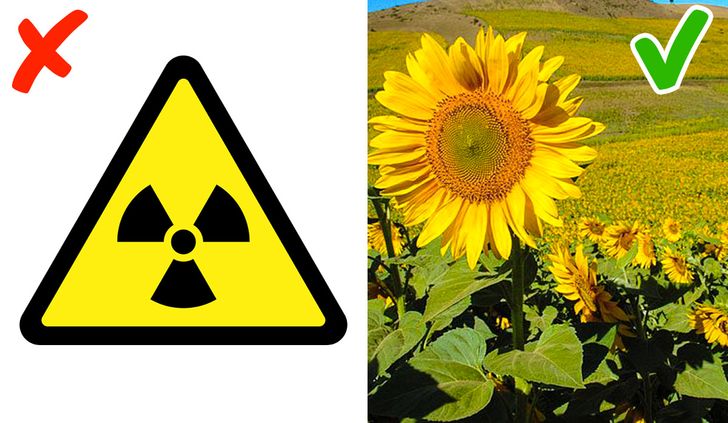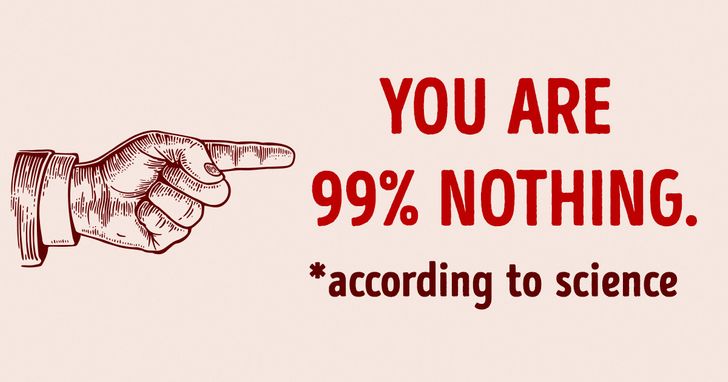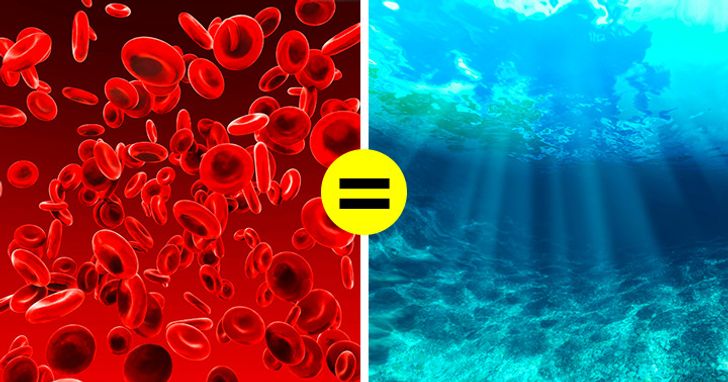Did you know that we have no idea what most of our universe is like? All the stars, planets, and galaxies that we can observe today make up only 4% of the universe, while the other 96% is made up of dark matter and dark energy that astronomers cannot see, detect or even understand.
The most popular explanation for this gap based on our knowledge is that these substances are made up of certain particles that do not interact with regular matter and therefore remain invisible.
However, even our own planet has many hidden secrets that we continue to discover every day. We collected 17 incredible scientific facts that you definitely didn’t learn in school.
11. You lose about 0.5 kg a day farting. The total mass of a fart is estimated to be 0.0371 grams, and the average person does this 14 times a day.
10. Polar bears cannot be detected by infrared cameras. These animals are perfectly heated due to a thick layer of fat under their skin and a dense fur that covers their body. But their outer layer remains at the same temperature as the snow that surrounds them, so they are invisible in infrared cameras that aim to detect heat loss from a living object.
9. Sunflowers can clean up radioactive waste. Certain radioactive isotopes are similar to the nutrients that sunflowers normally need. Therefore, as they grow, they absorb radiation from the soil.

8. A flea accelerates faster than a space shuttle. A jumping flea reaches dizzying heights of about 8 cm in a millisecond, which is 50 times faster than the acceleration of a spaceship.
7. Stomach acid can dissolve a razor blade. Within 24 hours, a double-edged blade that is ingested in the stomach becomes brittle and easily broken due to highly corrosive acid with a low pH level of 2-3.
6. Babies have about 64 more bones in the body than adults. Newborn babies have about 270 bones in their body, which makes their skeleton more flexible. With age, many of these bones fuse, leaving 206 bones that form an average adult skeleton.

5. Scorpions glow under ultraviolet light. Its soft blue-green glow comes from a substance found in the cuticle, a very tough layer on one part of its exoskeleton. However, scientists still don’t know what the fluorescent glow is for: They think it can help scorpions find each other, shielding them from sunlight or confusing their prey.

4. Atoms consist of 99.99999999% of empty space. An atom consists of a tiny nucleus surrounded by a cloud of electrons that extends over a proportionally vast area. So if you remove the space from all the atoms of the 7 billion human beings, they would fit into a single sugar cube.

3. Human blood is similar to seawater. Our blood composition has approximately the same salt content as seawater. Apparently, this fact proves the assumption that life came from the ocean.

2. The length of your DNA can extend from the sun to Pluto and vice versa 17 times. The human body contains around 37 trillion cells with 23 DNA molecules locked inside each one. So if you uncoil all the human cells and place them end to end, a row would go as far as 34 billion miles.
1. A day on Venus lasts more than a year. It takes about 243 Earth days for Venus to rotate on its axis just once, while it can orbit the Sun in just 225 days.
Which fact impressed you the most? Do you know any other surprising scientific facts? Share your thoughts in the comments!
Preview photo credit Depositphotos.com









